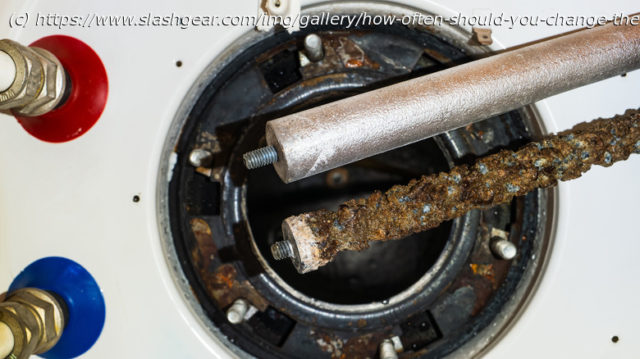You can go a long time without ever thinking about the anode rod in your water heater, but leaving it in too long without replacement can cause big problems.
While we often take them for granted, a water heater is among the most important appliances in any home and is essential for daily tasks like showering, general cleanup, and doing dishes and laundry. But just like your dish and clothes washing machines, water heaters require maintenance and have a limited lifespan. You can expect your water heater to last between 8 and 12 years, but neglecting certain upkeep tasks will cut that down significantly.
Replacing a water heater can cost several thousand dollars with installation, and replacing the anode rod is one thing that can help yours last longer. The anode rod is a small metal bar that is designed to attract minerals and sediment from of the water, keeping them from corroding the walls of the tank. As minerals build up on the anode rod, it loses its ability to pull them from the water and the tank becomes vulnerable to corrosion. Check your water heater’s owner’s manual for the correct replacement interval for its anode rods; if it’s not readily available there you can also contact the manufacturer via its web site or customer service number.
Anode rods are usually made of magnesium, zinc, or aluminum and should be replaced every three to five years for residential water heaters and every year or two for commercial models.






